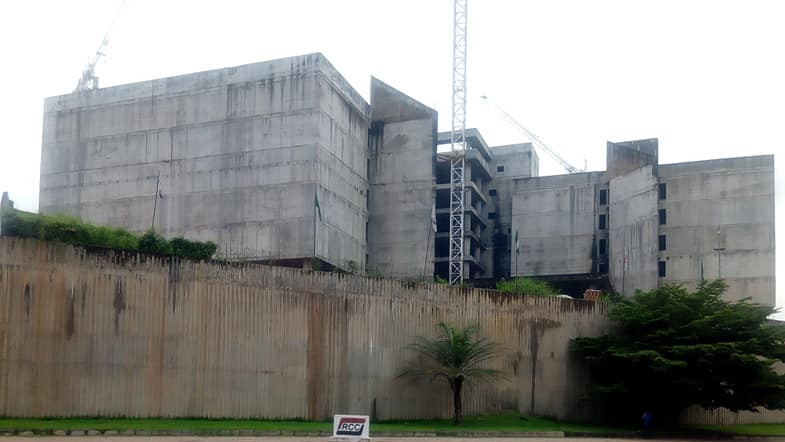The National Pension Commission’s (PENCOM) newly revised capital requirements for Pension Fund Administrators (PFAs) & Pension Fund Custodians (PFCs), while aimed at strengthening the financial resilience of operators, risk creating unintended consequences that could undermine investor confidence, restrict innovation, and distort the competitive landscape of Nigeria’s pension sector. This public commentary advocates for a more balanced and globally aligned approach that preserves the safety of pension assets while enabling growth, competition, and sustainable operations.
1. Understanding the Nature of Pension Assets and Risk Allocation:
Pension assets, particularly in Nigeria’s Contributory Pension Scheme (CPS), are managed by PFAs on behalf of contributors. The fundamental principle of this model is that investment risk is borne by the contributors, not the PFA. The PFA functions as a fiduciary and operational manager, responsible for prudent management but not for guaranteeing investment returns.
Globally, pension regimes—especially those governed by the International Organisation of Pension Supervisors (IOPS) and OECD standards—clearly delineate between investment risk (borne by members) and operational/management risk (borne by the operator). Capital requirements are therefore used to buffer against operational risk, not as a blanket requirement based solely on asset size.
2. Critical Issues with the New Capital Regime
2.1. Misallocation of Risk:
The new requirement for PFAs to hold a base of ₦20 billion plus 1% of any AUM above ₦500 billion imposes a rigid and disproportionate burden. It effectively penalizes scale and efficiency without factoring in the risk profile of the underlying assets. A PFA heavily invested in low-risk government securities bears the same capital burden as one with high-risk alternatives.
2.2. Discouragement of Capital and Innovation:
High and inflexible capital thresholds discourage new entrants, limit the ability of existing PFAs to attract growth capital, and reduce the incentive for innovation in products and services. This may also exacerbate market concentration, increasing systemic risk.
2.3. Impact on Dividends and Business Sustainability:
Operators will likely be forced to retain earnings to meet the new capital thresholds, limiting their ability to pay dividends or reinvest in their operations. This makes the sector less attractive to long-term investors and reduces alignment between regulatory compliance and shareholder value.
2.4. Absence of Risk Sensitivity:
A flat surcharge on AUM fails to reflect the actual risk exposure of a PFA’s investment strategy. International best practice supports risk-based capital (RBC) regimes, where capital buffers are aligned with specific risk factors including volatility, liquidity, leverage, and asset concentration.
2.5. Short Recovery Window:
A 90-day period to remedy capital shortfalls is excessively aggressive. Most jurisdictions allow 1 to 5-year remediation periods to avoid forced equity issuance, asset fire sales, or even exit from the market.
3. Global Best Practices: Lessons from Other Jurisdictions
OECD/IOPS Guidelines: Emphasize strong governance, risk management systems, stress testing, and disclosure over rigid capital floors.
United Kingdom: PFAs are subject to prudential regulation with risk-sensitive solvency requirements; capital is tied to operational and fiduciary risk, not AUM alone.
Chile & Mexico: Use supervisory stress testing and ongoing audits rather than upfront capital buffers to manage systemic risk.
South Africa: Employs fit-and-proper tests, operational risk assessments, and governance scorecards as compliance tools.
These systems protect pensioners without stifling the industry or deterring responsible investors.
4. Proposed Principles for Reform
1. Adopt Risk-Based Capital (RBC): Calibrate capital requirements to actual risk exposures (e.g., asset volatility, concentration, leverage) rather than aggregate AUM.
2.Phase-in Compliance: Allow PFAs time (e.g., 3–5 years) to gradually meet enhanced capital standards through retained earnings or planned capital injections.
3.Introduce Recovery and Resolution Plans: Provide for structured remediation over time, with regulatory oversight and transparency.
4.Enhance Stress Testing & Transparency: Shift emphasis toward mandatory scenario analysis, operational audits, and disclosures.
5.Balance Growth and Protection: Create a regulatory framework that protects contributors without stifling market efficiency or innovation.
6.Strengthen Governance & Oversight: Require PFAs to implement robust internal controls, conflict-of-interest management, and board independence.
Conclusion
Nigeria’s pension sector has made remarkable strides in the past two decades. To sustain that momentum, regulatory reform must align with global standards, economic realities, and the need for long-term capital. A revised capital framework that supports both resilience and responsible growth is not only possible but necessary.
Stakeholders—including regulators, operators, policymakers, and contributors—must collaborate to ensure that regulation enhances, rather than hinders, the delivery of long-term pension value.
Views expressed by contributors are strictly personal and not of TheCable.











